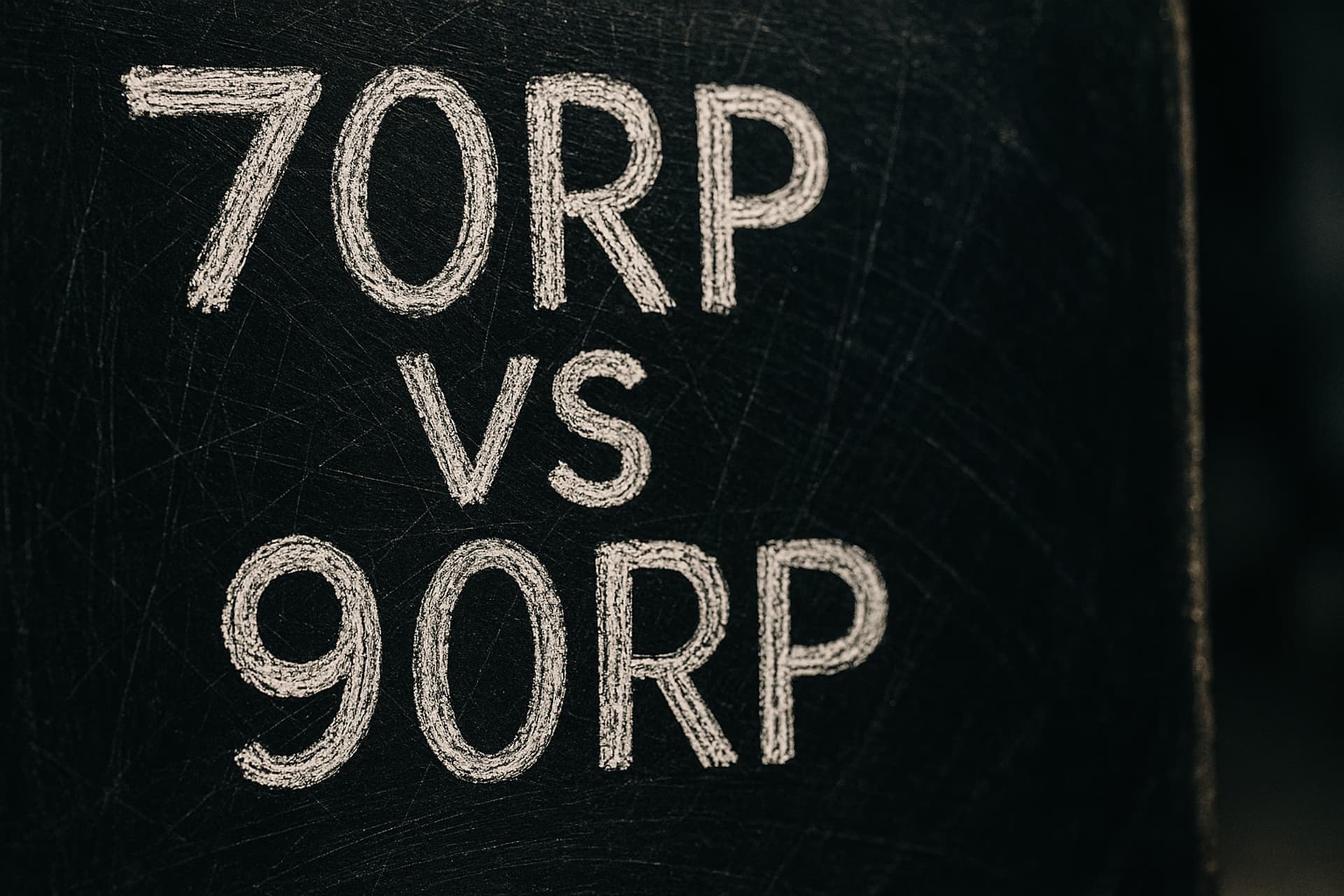O-Level Biology Microscopy & Fieldwork Guide (Paper 3)
Download printable cheat-sheet (CC-BY 4.0)31 Oct 2025, 00:00 Z
Reviewed by
Ezekiel Tan·Academic Advisor (Biology)
Want small-group support? Browse our IP Biology Tuition hub.
TL;DR
The 2026 O-Level Biology syllabus (6093) confirms that Paper 3 tests microscope technique, enzyme investigations, and ecological fieldwork under the P/MMO/PDO/ACE strands.
Practise crisp slide prep, calibrated magnification, and systematic sampling so MMO and PDO marks stay intact even when apparatus is shared.
ACE commentary should connect observations to syllabus biology, quantify uncertainty, and discuss ecological ethics when sampling in the field.
Continue Your Paper 3 Run
Bookmark the O-Level Biology Experiments hub to cycle through the full set of enzyme, ecology, and physiology drills before the 2026 practical.
1 | Key cues from the SEAB syllabus
- Section 4 of the 2026 O-Level Biology syllabus outlines specimen handling, drawing conventions, enzyme rate investigations, and field techniques (quadrats, transects) as Paper 3 staples.
- Planning retains a share of Paper 3 marks, so method statements must justify how variables are controlled, how data will be processed, and how safety/ethics are addressed (SEAB 2026 syllabus).
- MMO expectations include proper microscope focusing, accurate pipetting, time logging, and field sampling discipline; PDO focuses on tables/drawings; ACE requires biological interpretation and evaluation.
2 | Microscopy workflow that examiners love
- Slide prep: Use thin specimens, blot excess stain, and avoid air bubbles.
- Focusing: Start on low power, centre specimen, then move to high power using the fine focus only.
- Magnification: Record total magnification




